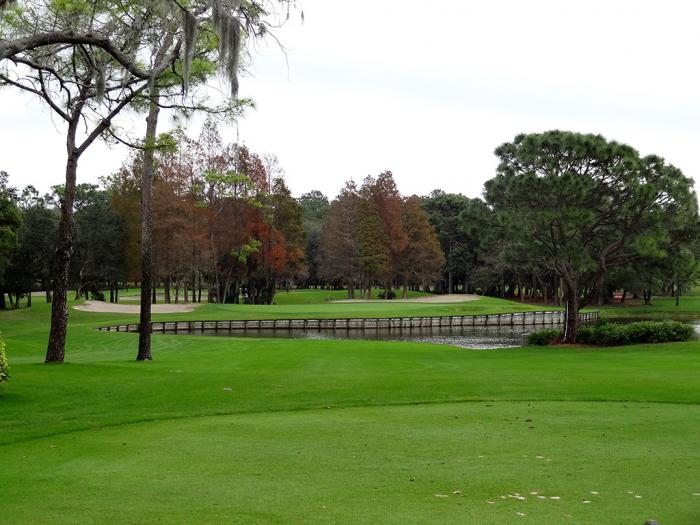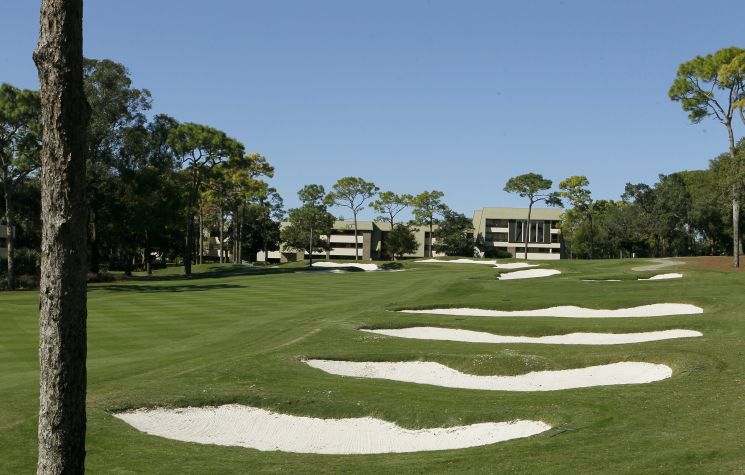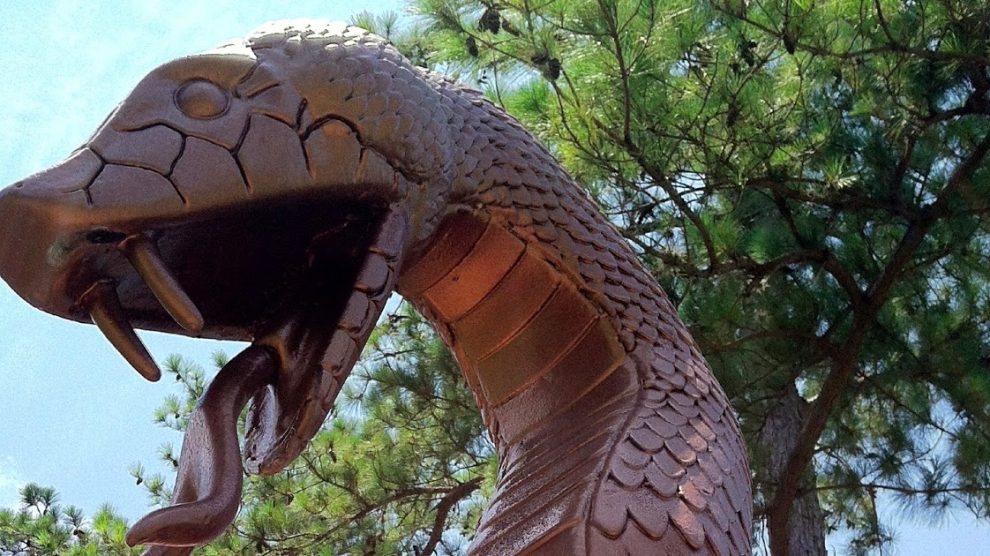After an exciting jaunt south of the border, the PGA Tour is back in Florida at Innisbrook Resort’s Copperhead Course. Built in 1972 by Larry and Roger Packard, the Copperhead Course is the most recognizable of Innisbrook’s four Tampa, Fla. courses.
Innisbrook Resort's Copperhead Course architecture and history
The Copperhead is defined by tree-lined fairways and rolling terrain that’s anything but the typically flat, boring Florida courses. As Larry Packard explained back in 2012 what sets the site of Copperhead apart from the other three courses he designed at the resort, “When you play Copperhead you don't even feel like you are in Florida. When you stand on the first hole and look down the fairway you are on an elevated tee and looking down the fairway lined with pine trees on both sides. It feels more like the Carolinas than Florida.”
While widely regarded on the Tour as one of the more popular courses among the players, that statement is often ambiguous. Again, Packard explained why he thought that was the case: “Copperhead is a tough golf course but it is fair. I designed it so if you hit a good shot you will be rewarded. There are no gimmicks. I wanted you to have to use every club in your bag. But if you didn't have any fun while you played it, you would never come back, and golf is supposed to be fun.”
Additionally, players favor the course due to its charming character, lack of homes in close proximity to the course and excellent course conditions especially after a full-scale restoration a couple years ago.
The 2015 restoration took six months and included replacing all fairways with Celebration Bermuda grass, expanded viewing areas around the greens for larger galleries, every green was rebuilt to USGA specifications with TifEagle Bermuda (with several restored to their original size to allow for additional pin placements), and finally Copperhead’s strategically placed bunkers were reshaped and rebuilt back to Packard’s original design.
Holes To Watch
Hole 1: Many times, architects’ first hole is almost a blueprint for what a golfer can expect during the course of their round. This is certainly true on the first at Copperhead. Notorious for "blah," flat courses, Florida golf can be monotonous with holes blending together. Players are immediately snapped out of that thought on the first tee. A dramatic downhill tee shot at this double dogleg par 5 shows off the rolling terrain that awaits you for the entire round. But it’s the placement of the second shot that is key to set up a birdie opportunity.

Hole 13: The prettiest hole on the course is of course a par 3 over a pond. It’s also the only forced water carry among the courses’ par 3s. The narrow green requires accurate club selection in order to get the tee shot close. Short or right will mostly likely result in a splash; either in the water of a tricky bunker.
The following holes are known as the Snake Pit for their difficulty -- but every course also needs a marketing gimmick, right?
Hole 16: The first hole in the ‘pit’ is also the toughest. One of the five toughest on the PGA Tour, it’s a dogleg right with water stretching down the entire right side of the hole. A good tee shot still leaves a long second shot to a wide, elevated green.
Hole 17: This long-ish par 3 features a pear-shaped green complex which also happens to be the largest on the course; but also has the most protection surrounding it. While only the number 16 handicap hole on the course, the Tour makes it tougher with pin locations that resort guests probably never see during their stay.

Hole 18: Typical of a championship layout, this uphill par 4 finishing hole doesn’t give up birdies without a fight. It’s heavily bunkered fairway on both sides requires precision off the tee. And the equally protected green punishes any shots short-left and long-right with expansive bunkers. Once finally on the back-to-front sloping green pros are usually faced with treacherous putts for birdie, par, or worse.

